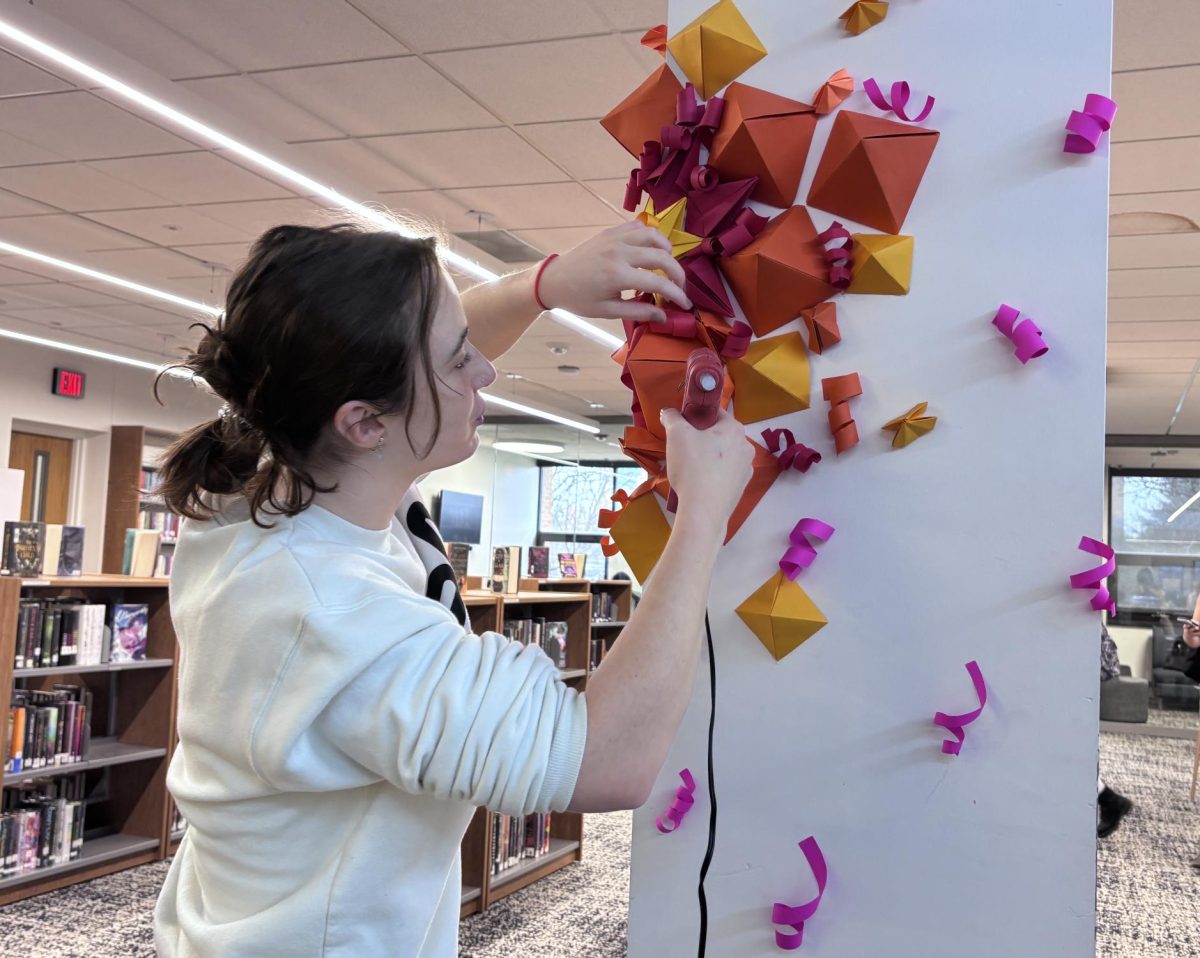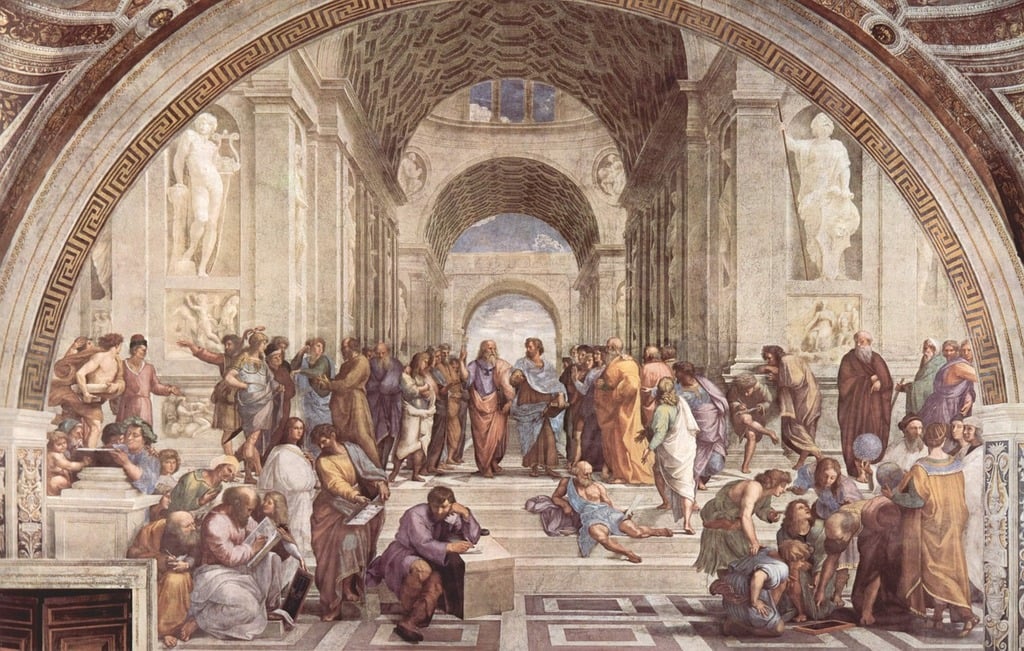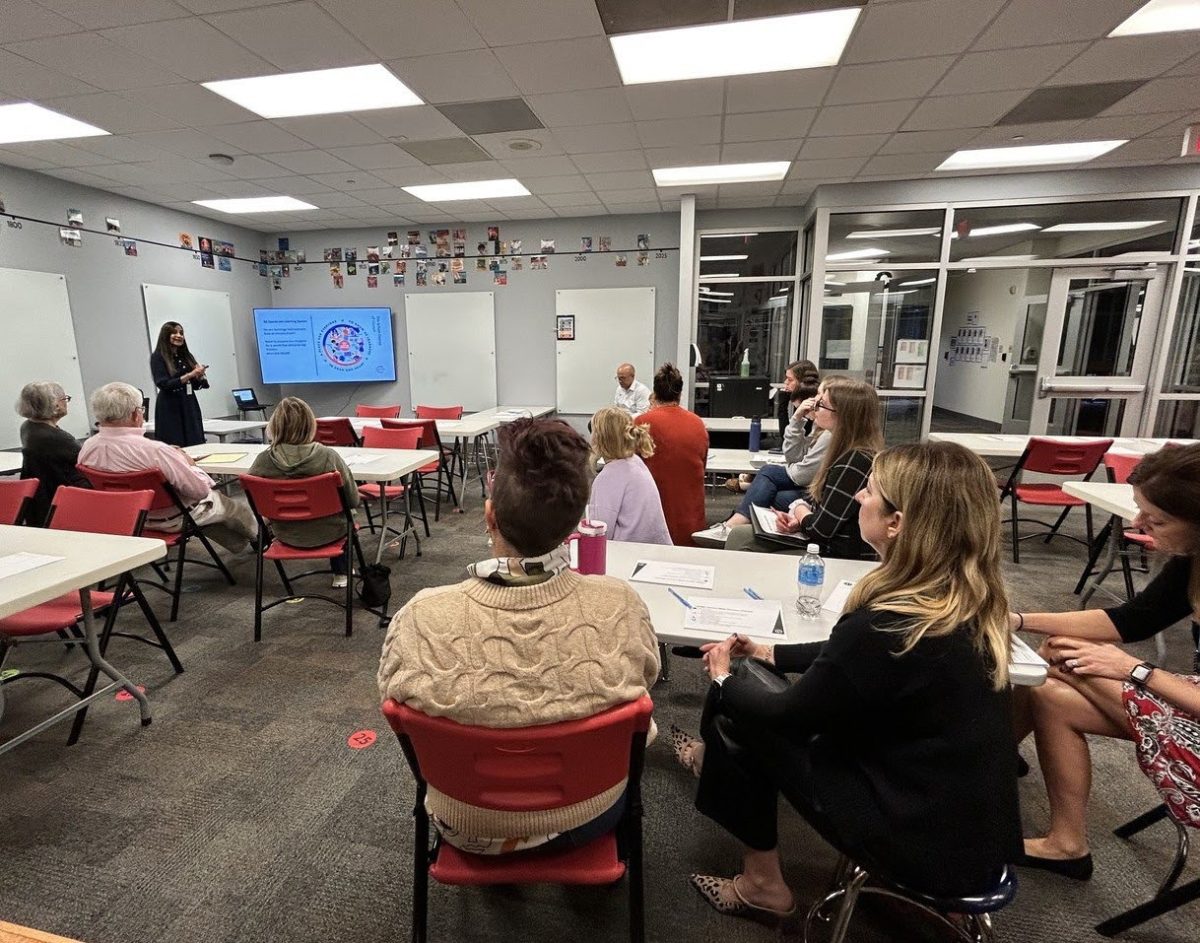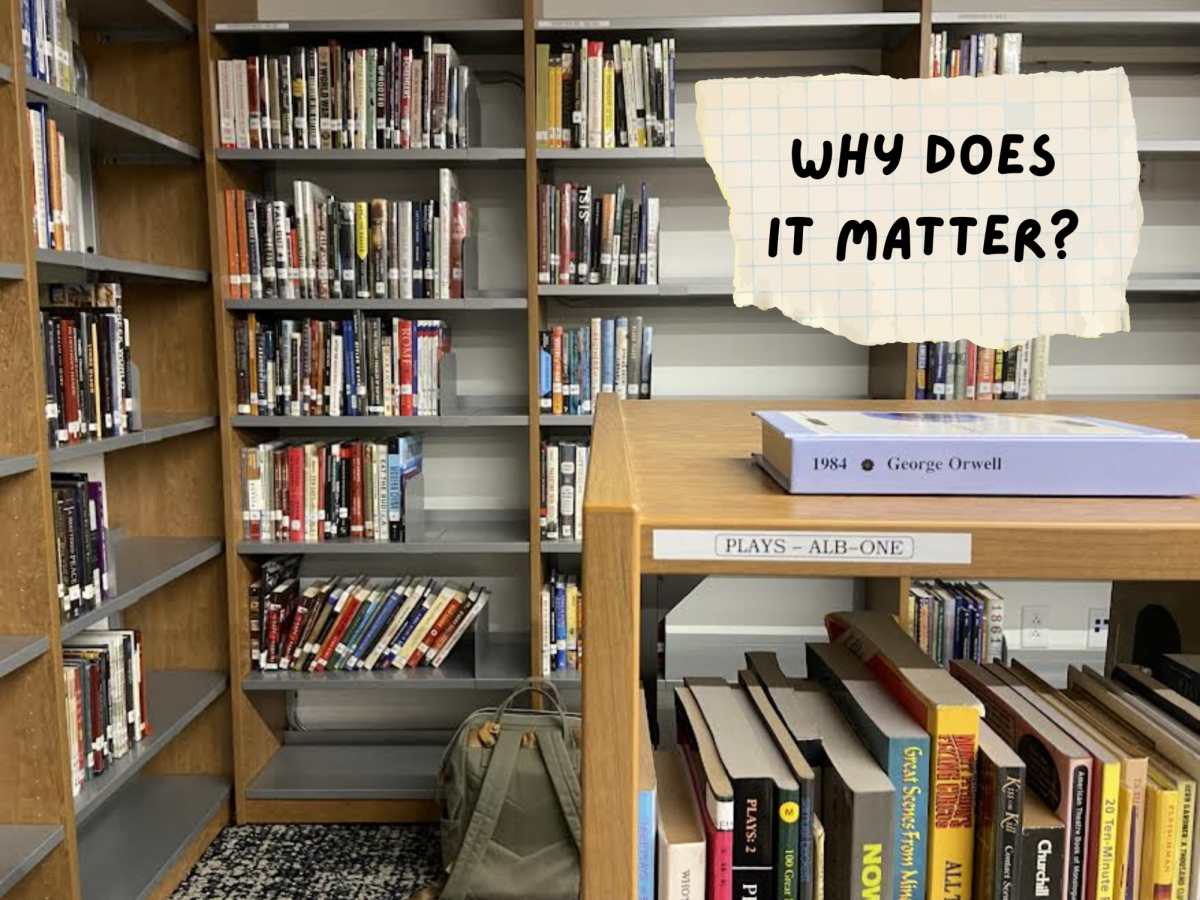Only forty-four years ago the integration of blacks and whites was shunned upon – nearly prohibited. They could not sit together on the same park bench, drink out of the same water fountain, or learn together in the same school. And only sixty-seven years ago the people of the Jewish religion were looked at in an animalistic way – millions of innocent Jews were killed because of their religion and ethnicity. The most important and significant aspect of history is that modern society can look back and be certain that it does not repeat its mistakes. Cultural Leadership is a liberal program, which teaches tolerance and aims to prevent us from going back.
Cultural Leadership is a nonprofit youth education and leadership program, which trains high school sophomores and juniors to be social justice activists. Over the course of a year, a group of about 25 diverse teenagers come together and strengthen their leadership skills. Through many activities, the students become aware and interested in their own and of each other’s religion and culture.
“It’s important to understand the history of privilege and oppression in the country relating to anti-Semitism and racial discrimination,†Holly Ingraham, the new executive director of Cultural Leadership, and Clayton mom said.
Cultural Leadership teaches teens leadership skills and how to go about making change. Students learn to give speeches and “how to facilitate courageous conversations†Ingraham noted.
“We analyze discrimination through an African American and Jewish lens,†Meredith Joseph, a senior at Clayton High School said. Meredith participated in the 2011-12 class as a junior. “It was a transformational experience,†Joseph said, “I stepped outside my comfort zone.â€
The Cultural Leadership program annually takes a three-week trip in the summer. Starting in New York, the students travel from the northeast to the southern part of the United States. Along the way, they meet influential individuals including Ruth Bader Ginsberg and Clarence Thomas, two members of the Supreme Court. “My favorite part was the trip, definitely the trip,†Joseph said. Other requirements include weekend retreats and attending each other’s religious services. Students also go into temples, community centers, while conducting discussions on discrimination and social justice. Students meet monthly for leadership training and to continue learning about each other.
Cultural Leadership students also take part in a School Swap, where Joseph spent a day in an inner city public school. “When I entered the school I had to go through a metal detector. It was very different from Clayton and it was an experience I know most people don’t get to have,†she said, “I was intrigued and interested. It was something I’ll for sure never forget.â€
However, the program is a huge time commitment and it has to be first priority. “You can’t miss a meeting or you’ll be kicked out,†Joseph said, “But it’s so worth it.â€
Cultural Leadership celebrates the differences of individuals. It emphasizes the importance of making change in society. It encourages teenagers to “create a network of friends and allies that cut across race and religion…To create change in the world, we need to invest in our young people.â€
“I’d recommend anyone who is interested in this kind of thing. It’s very rewarding,†Joseph said. “The memories and experiences will be with me for the rest of my life.â€







